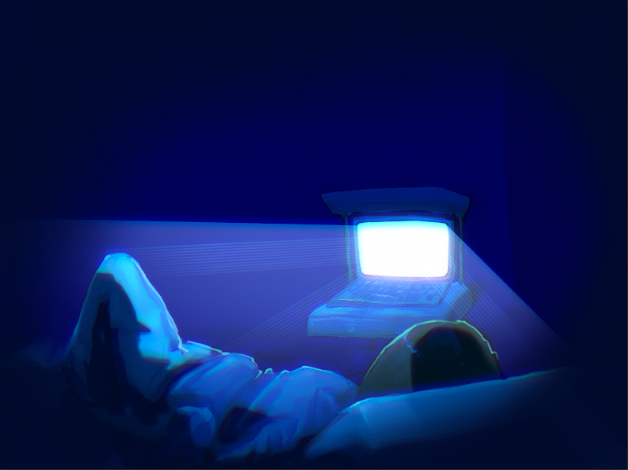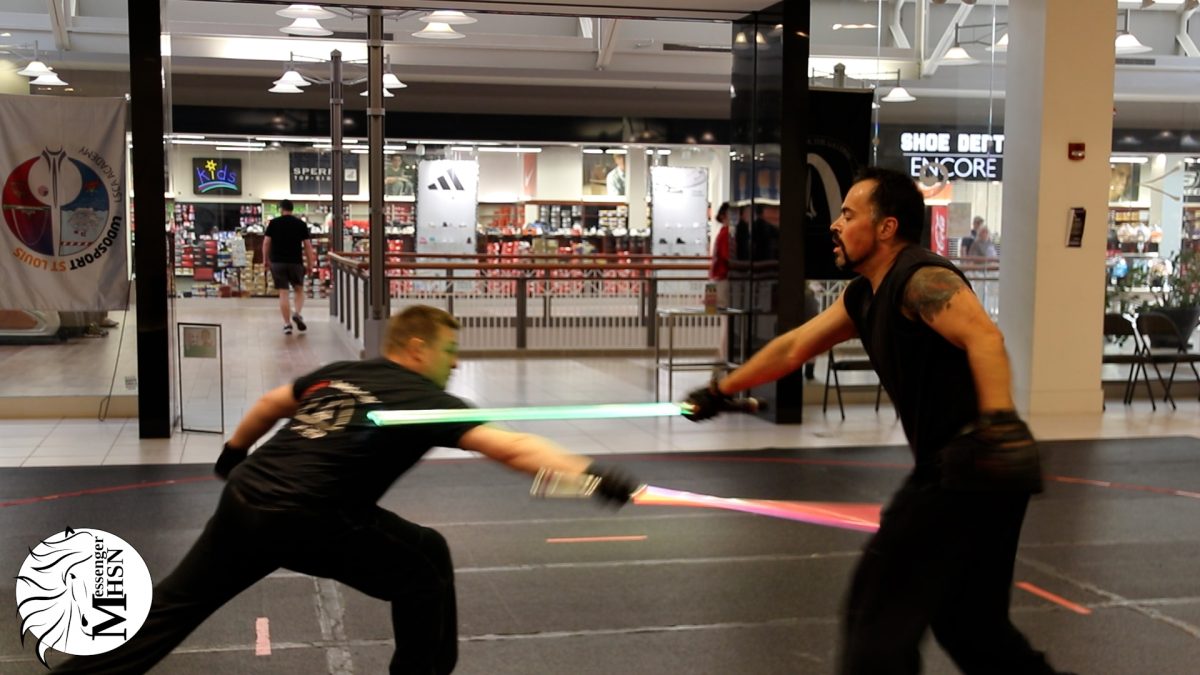I have played Valorant one time, and one time only.
My eyes were fixed on the loading screen as I excitedly chatted with my friends. This was my first time trying any kind of multiplayer or team-based game. I was nervous knowing I wouldn’t be any good, but after an exhausting week at school during junior year, a night of gaming with friends was just what I needed.
We loaded into the open lobby and I turned on my mic to whisper a shy “Hello” to my team.
That’s when things started going wrong.
The squeakiest, most prepubescent voice echoed in my headphones. The kid couldn’t have been a day over 12, spewing the most crude, provocative comments once he knew there were women in the call, cursing us out at every missed shot. My heart sank.
The boy continued to pester us and follow us for the entire round until my friend respectfully told him off. We proceeded the rest of the game in relative silence, any eagerness or excitement I felt ceased immediately.
The game ended quickly after that, which was a relief. We booted up another lobby, thinking this one-time, unfortunate incident could be put behind us.
Until it happened again.
And again.
And again.
This isn’t an uncommon occurrence. As the internet has grown over the past decades, cyberbullying and harassment has become an increasing issue, especially in the video gaming community. The use of voice chat combined with screen-obsessed, close-minded dudes makes a bloodbath for any woman who wants to get into the hobby.
Female gamers make up around half of the gaming community. And out of that half, roughly 59% of us have experienced harassment from men. Mistreatment often ranges from dismissive, misogynistic comments to extreme threats of sexual or physical violence. Women are being pulled under the current of this male-dominated hobby and forced out of it altogether.
In my case, I haven’t touched games like Valorant in months. The thought of laying eyes on that loading screen again fills me with far too much dread. Now, I stick to my safe, single-player RPGs or cozy farming sims to escape any torment (and I still get judged because they’re too “easy”).
Down to its core, gaming is a hobby, there is no right or wrong way to play. You play 12 hours a day? You’re a gamer. You own 47 games in your Steam library? Gamer. You play once a month? Gamer. You’re a woman who only plays Stardew Valley or Minecraft? Still a gamer.
Not only does this constant harassment push me away from gaming, but seeing the lack of good female character representation in the gaming community/games themselves… is extremely disheartening.
I’ve seen a variety of types of male characters, ranging in size, shape and color. However, for a multi-billion dollar industry, video game developers don’t have a lot to offer in terms of diversity for their female counterparts, if they have anything to offer at all. All I see is the same copy-and-paste body-type, the same personality (or lack of) and the same purpose: to cater to men.
From an unrealistically large cup size to being decorated in a chainmail bikini, women fail to escape objectification, even in video games. In games like Tomb Raider, with Lara Croft clad in a low-cut tank top and booty shorts versus Conrad Roth in layers of protective gear, the difference in character design is stark.
If female characters don’t have an inkling of the representation that male characters have, how does that reflect on how female gamers are treated?
Improvements have been made in overall female representation, such as in games like Dragon Age: The Veilguard, which was released on Oct. 31. The selection of female characters in the game are diverse with complex stories and personalities. Its character creation also includes features like face and body sliders, realistic proportions and practical armor. Still, it’s a small contribution to solving a big problem.
Saying women shouldn’t have to fight this hard to be accepted into a community isn’t new, but I’m going to keep saying it until I don’t have to anymore.
This story was originally published on Three Penny Press on December 4, 2024.






































